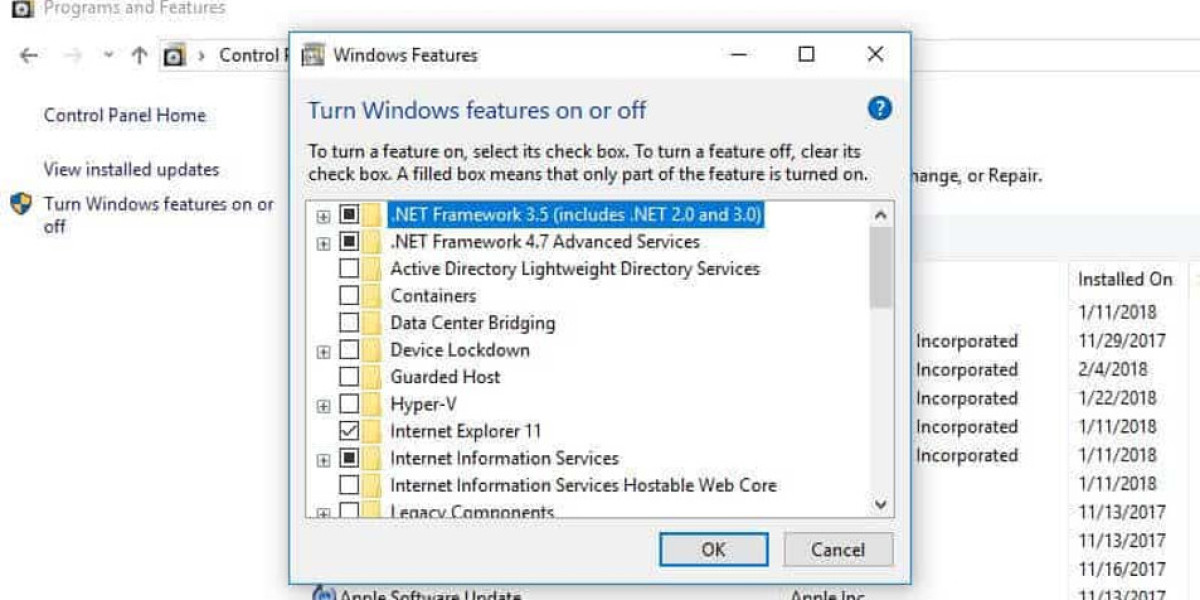Restaurant boxes are a critical component of the modern food service industry, playing a central role in packaging, presentation, convenience, hygiene, and branding. As the demand for food takeout and delivery continues to rise, especially in the post-pandemic era, the importance of well-designed, durable, and eco-friendly restaurant boxes has never been greater. These boxes serve multiple purposes, from ensuring food safety and temperature retention to promoting brand identity and enhancing customer satisfaction.
1. What Are Restaurant Boxes?
Restaurant boxes refer to a wide variety of packaging containers used by food establishments to pack meals for takeout, delivery, or storage. They come in diverse shapes, sizes, materials, and designs to suit various types of cuisine and serving styles. These boxes may include:
Takeout boxes
Pizza boxes
Burger boxes
Salad containers
Snack and dessert boxes
Meal prep containers
Combo meal boxes
Each type of restaurant box is designed with specific food items in mind, ensuring optimal performance in terms of insulation, protection, and presentation.
2. Importance of Restaurant Boxes
A. Food Protection and Hygiene
The primary function of restaurant boxes is to protect food from contamination, spillage, and temperature loss. Good packaging maintains the food’s freshness and integrity during transport, keeping hot foods hot and cold foods cold. Proper sealing and compartmentalization also help avoid cross-contamination and leakage.
B. Convenience for Customers
Consumers expect convenience from restaurants, especially when ordering online or taking food to-go. Well-structured restaurant boxes make it easier for customers to handle, store, and eat food without needing extra utensils or plates.
C. Branding and Marketing
Restaurant boxes offer a powerful marketing opportunity. Customized packaging with a restaurant's logo, color scheme, tagline, or QR code enhances brand recognition and customer recall. A well-designed box can create a memorable unboxing experience, especially in today’s social media-driven market.
D. Eco-Friendliness
With increasing environmental awareness, many restaurants now prefer sustainable packaging options. Biodegradable, recyclable, and compostable materials are in demand, contributing to a restaurant’s eco-friendly reputation and customer trust.
3. Types of Restaurant Boxes by Material
A. Paperboard Boxes
Lightweight and printable, paperboard boxes are widely used for burgers, sandwiches, and dry foods. They are often coated with food-safe materials to resist grease and moisture.
B. Corrugated Boxes
Thicker and more durable, corrugated boxes are ideal for heavy foods or larger portions. Pizza boxes are typically made from corrugated cardboard to offer better insulation and strength.
C. Plastic Containers
Common for salads, curries, and liquid-based meals, plastic containers (often PET or PP) offer visibility and excellent sealing. However, there's growing pressure to use recyclable or reusable alternatives due to environmental concerns.
D. Foil Containers
Aluminum foil boxes are heat-resistant and ideal for hot foods, such as baked items, lasagna, and kebabs. They are commonly used in Indian and Middle Eastern cuisines.
E. Compostable Boxes
Made from materials like sugarcane bagasse, bamboo fiber, or PLA, compostable restaurant boxes are an excellent alternative to plastic and foam. They are fully biodegradable and increasingly favored by green-conscious businesses.
4. Features to Look for in Restaurant Boxes
Leak-Proof Design: Essential for soups, curries, and gravies.
Insulation: Helps maintain food temperature for longer periods.
Stackability: Useful for storage and transport, especially in bulk orders.
Microwave-Safe / Freezer-Safe: Enhances convenience for reheating and storing leftovers.
Custom Printing: Enables brand visibility and enhances the unboxing experience.
Ventilation Holes: Useful for fried foods to prevent sogginess by allowing steam to escape.
5. Customization and Design Options
Custom restaurant boxes allow businesses to stand out in a competitive market. Some common customization features include:
Full-color printing with logo and brand message
Die-cut windows for product visibility
Handles for easy carrying
Eco-friendly inks and finishes
QR codes linking to menus, promotions, or social media
Innovative design can turn a simple food box into an extension of the dining experience, adding emotional and aesthetic value.
6. Trends in Restaurant Box Packaging
A. Minimalist and Clean Aesthetics
Sleek, modern designs with minimal text and elegant fonts are trending. Simplicity often conveys quality and sophistication.
B. Smart Packaging
Some restaurant boxes now incorporate NFC chips or QR codes that provide customers with information about the dish, such as ingredients, allergen warnings, and preparation videos.
C. Sustainable Materials
Restaurants are switching to sustainable packaging to meet regulatory demands and customer preferences. Compostable and biodegradable options are leading the way.
D. Meal Kits and Subscription Boxes
Many restaurants offer DIY meal kits in customized boxes, allowing customers to recreate the restaurant experience at home.
7. Where to Source Restaurant Boxes
You can find restaurant boxes through:
Local packaging suppliers
Online wholesalers
Custom packaging manufacturers
Eco-friendly packaging startups
When choosing a supplier, consider factors such as price, minimum order quantity, delivery times, customization capabilities, and compliance with food safety standards.
8. Conclusion
Restaurant boxes are no longer just utilitarian items—they are a fusion of functionality, marketing, and sustainability. As customer expectations evolve, so must restaurant packaging. Whether you're running a fast-food outlet, a gourmet restaurant, or a delivery-only kitchen, investing in high-quality, customized restaurant boxes can significantly elevate your brand, customer satisfaction, and operational efficiency.








